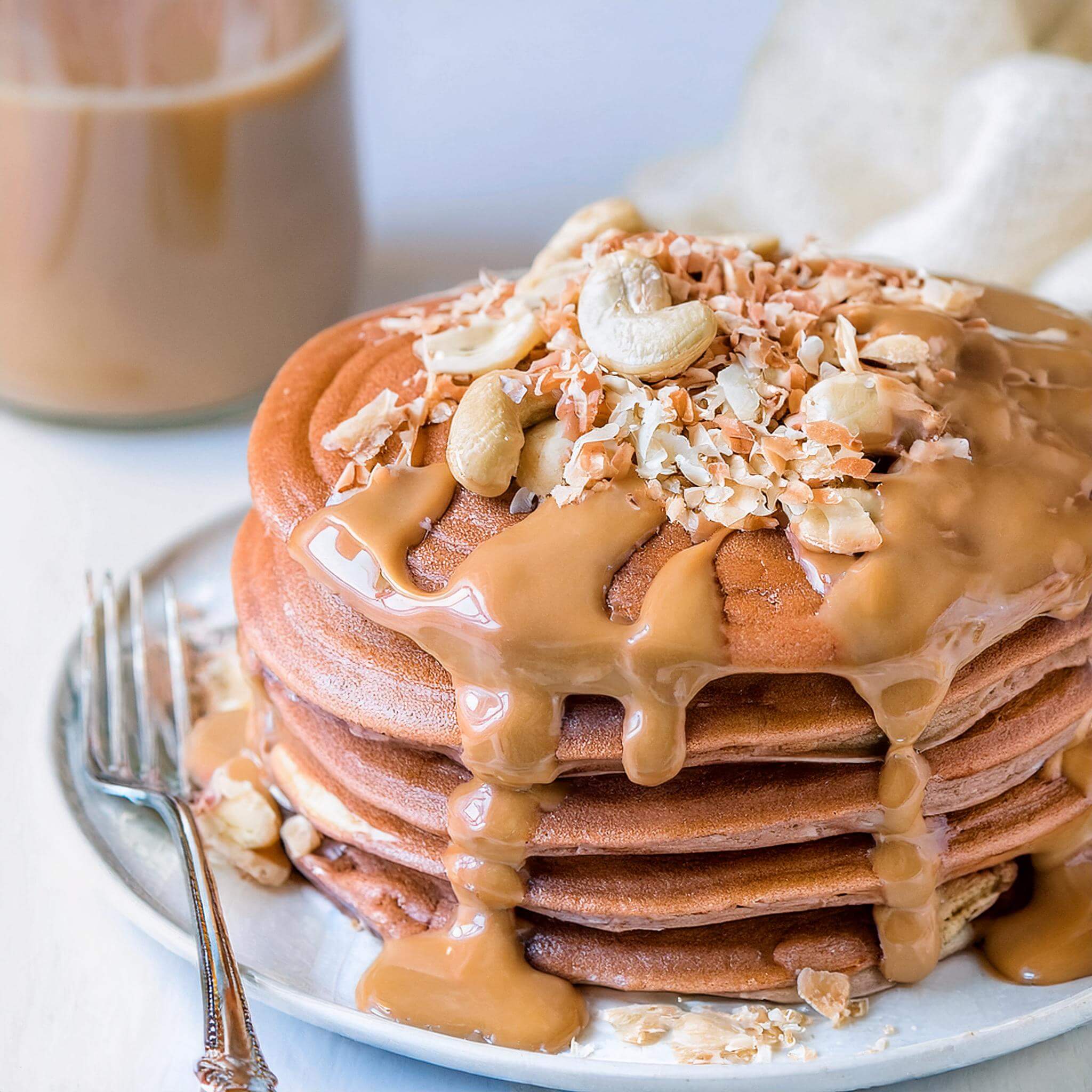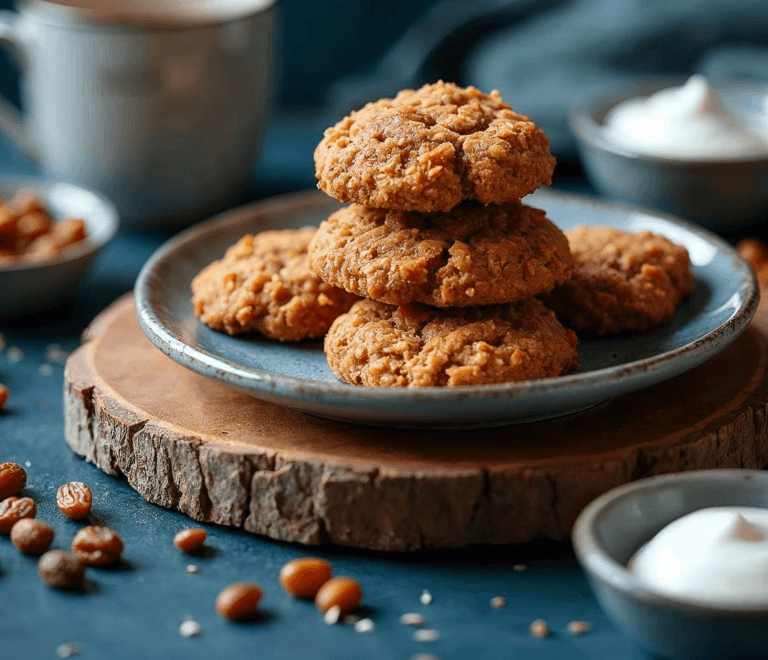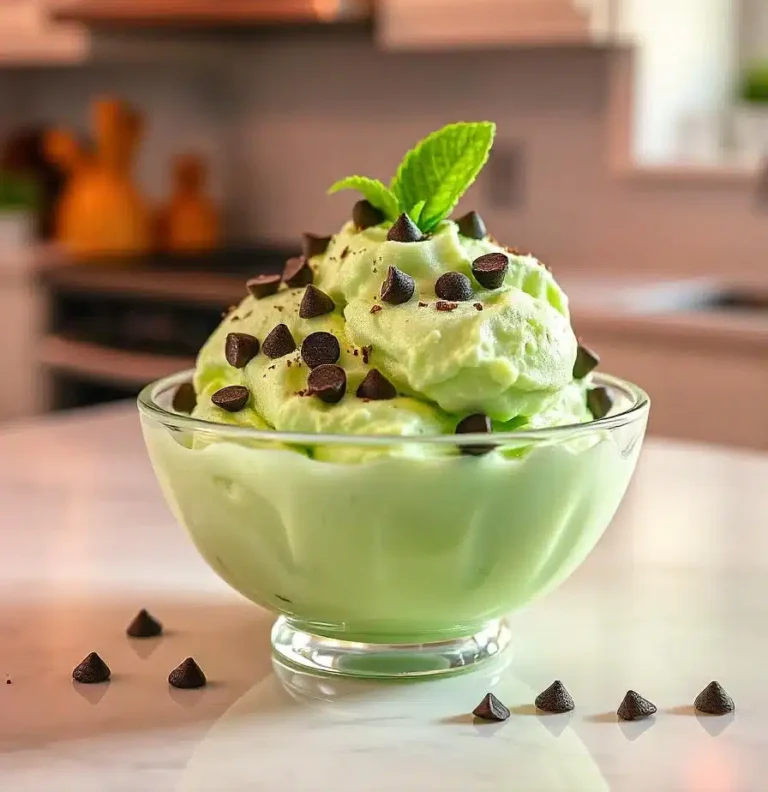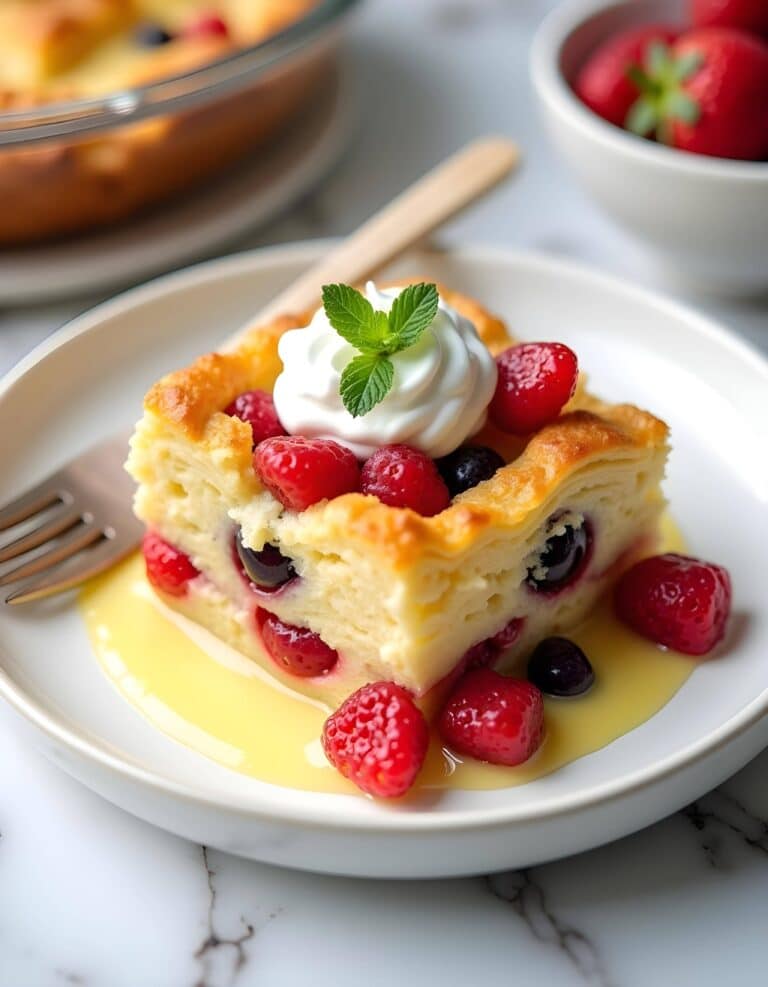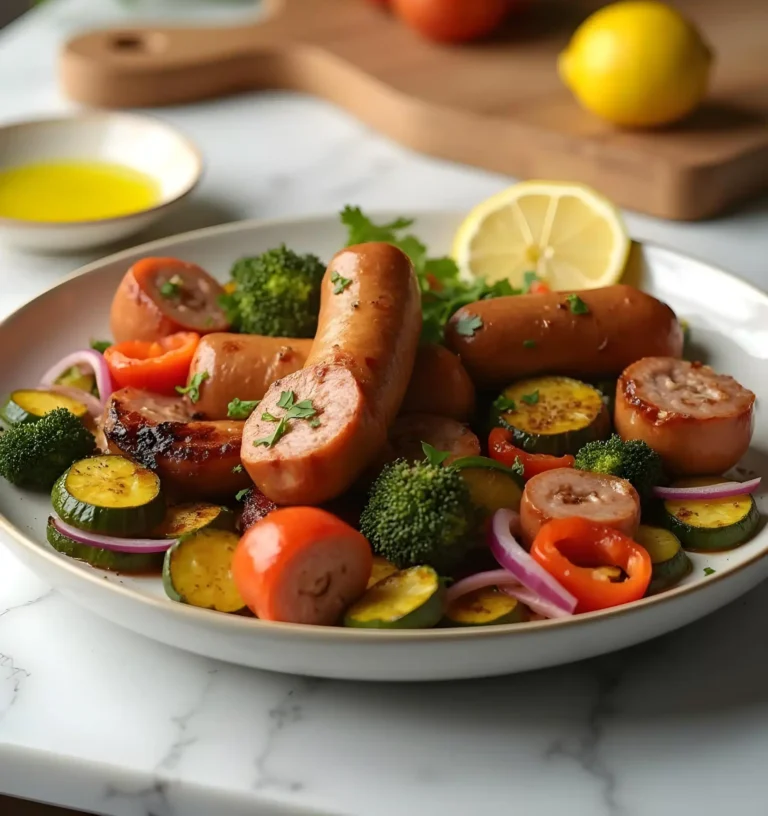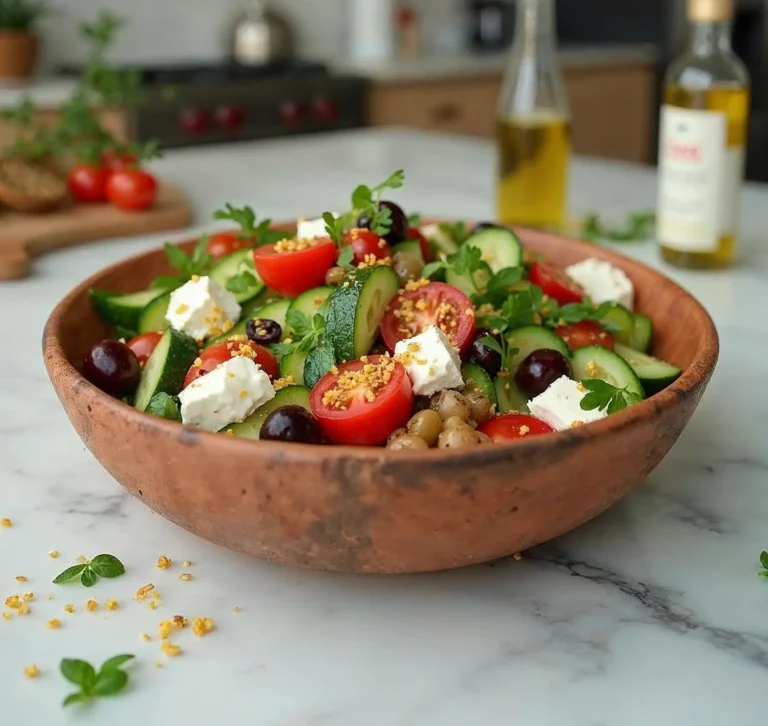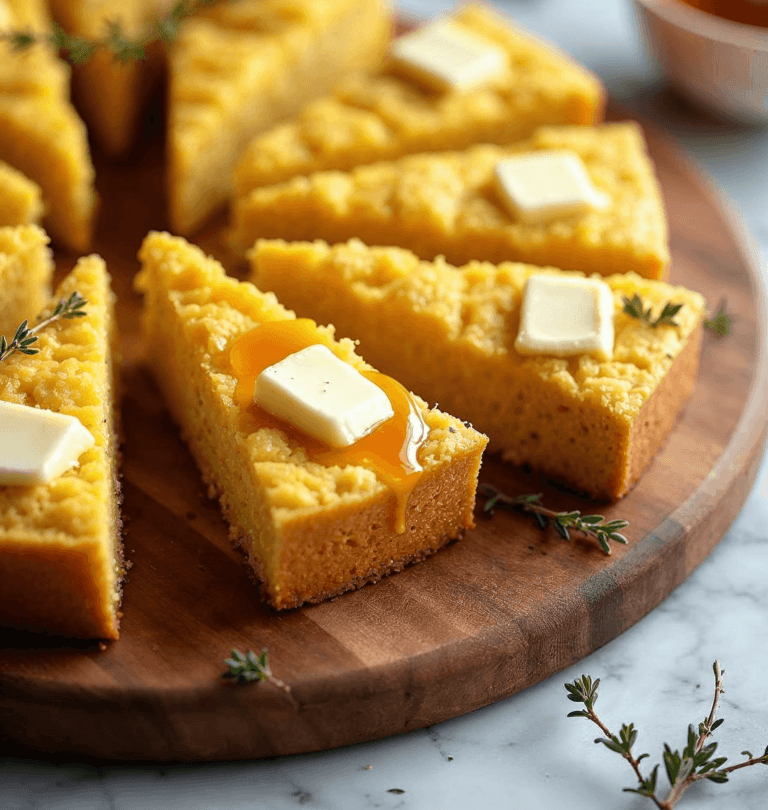Peanut Butter Pancakes: A Delicious Start to Your Morning
Introduction
There’s something magical about starting your day with a stack of warm, fluffy peanut butter pancakes. They’re not just pancakes—they’re comfort food, nostalgia, and a protein-packed power-up all rolled into one. Peanut butter pancakes are always a win, whether you’re flipping them for a cozy Sunday brunch or sneaking one more pancake before running out the door.
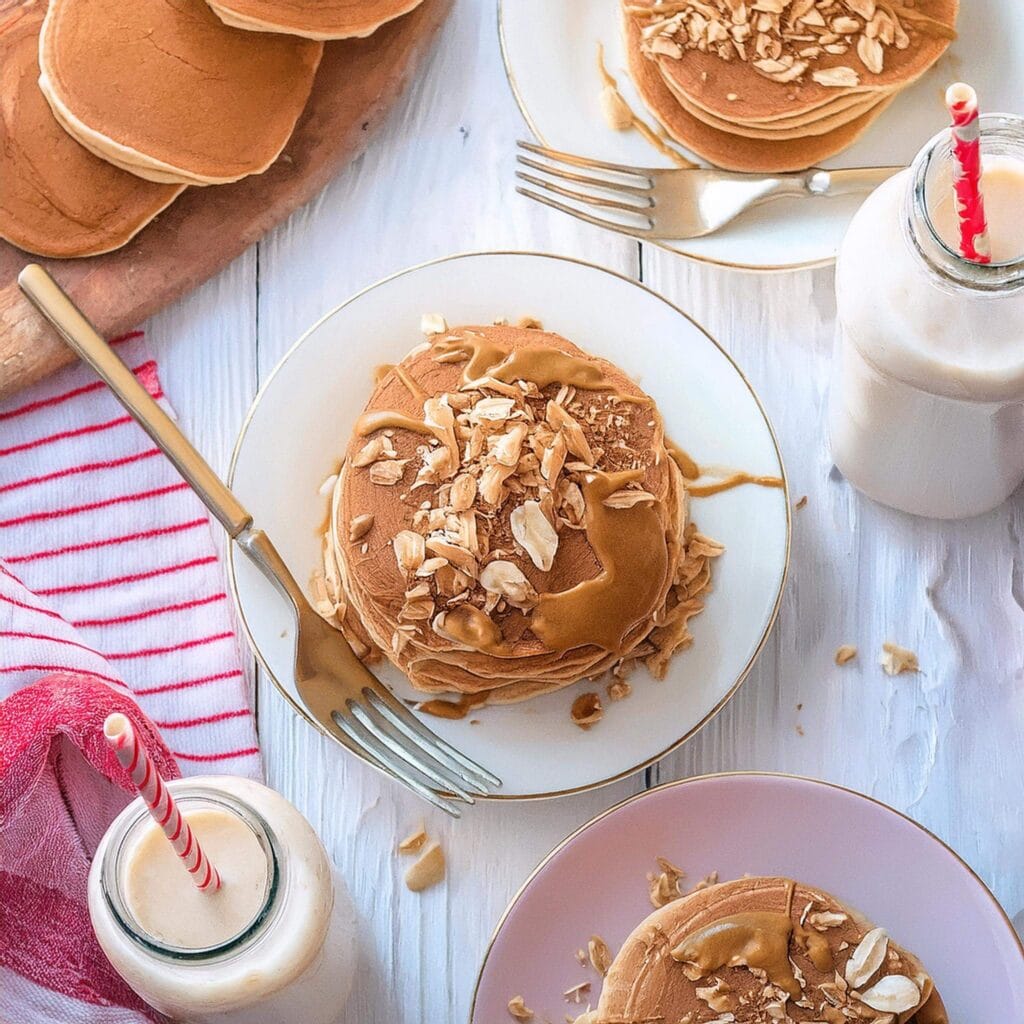
The Sweet History of Pancakes and Peanut Butter
Let’s take a quick detour into breakfast history. Pancakes have been around for centuries—seriously, the ancient Greeks were flipping something similar. Fast forward a few millennia and peanut butter entered the scene in the late 1800s. Combining these two iconic foods? Genius. Americans have turned peanut butter pancakes into a beloved classic, often jazzed up with creative toppings or paired with sweet syrups. And let’s be honest: who doesn’t love peanut butter?
For more pancake variations, check out these creative recipes for inspiration.
The Rise of Peanut Butter
Now, let’s talk about the other star of the show: peanut butter. While peanuts were first cultivated by the ancient Incas and Aztecs, it wasn’t until the late 19th century that peanut butter as we know it came to be. Dr. John Harvey Kellogg—yes, the cereal guy—patented a process for making peanut butter in 1895. His invention was originally marketed as a nutritious protein source for patients who couldn’t chew meat.
By the early 20th century, peanut butter had taken America by storm, thanks in part to George Washington Carver, who discovered hundreds of uses for peanuts and promoted their cultivation among farmers. During the 1920s and 1930s, companies like Skippy and Jif began mass-producing peanut butter, making it a household staple. Peanut butter sandwiches, peanut butter cookies, and peanut butter pies all became popular during this time.
The Birth of Peanut Butter Pancakes
By the mid-20th century, American kitchens were bustling with experimentation, and peanut butter was being added to just about everything. The idea of combining peanut butter with pancakes wasn’t just a happy accident; it was a stroke of pure breakfast genius. Someone, somewhere, thought to mix creamy peanut butter into pancake batter, and the result was an irresistible blend of nutty richness and fluffy goodness. These pancakes offered not only great flavor but also a boost of protein, making them more filling and satisfying than your average stack.
As peanut butter pancakes gained popularity, they became a staple in homes and diners alike. Kids loved the sweet, savory taste, while parents appreciated the quick and easy prep. The recipe continued to evolve, with people adding their twists—bananas, chocolate chips, honey, or even a drizzle of warm syrup.
A Timeless Breakfast Favorite
Today, peanut butter pancakes remain a beloved breakfast option. Whether you’re enjoying them as a weekend brunch or whipping up a quick weekday treat, they deliver the perfect mix of comfort and indulgence. They embody the classic American spirit of creativity in the kitchen—simple ingredients coming together in a way that’s greater than the sum of its parts.
And hey, if you’re looking to take your peanut butter pancakes to the next level, why not serve them alongside something savory like crispy bacon, scrambled eggs, or even grilled sausage? The combination of sweet, nutty pancakes with salty, savory sides creates a breakfast experience that’s hard to beat.
In short, peanut butter pancakes are more than just a meal; they’re a bite of history, a dash of innovation, and a whole lot of deliciousness rolled into one. Roast Beef with Garlic Herb Butter.
Ingredients and Tools You’ll Need
Ingredients
To whip up the perfect batch of peanut butter pancakes, here’s what you need:
- 1 cup all-purpose flour – For that classic fluffy texture.
- 2 teaspoons baking powder – Helps give the pancakes their rise.
- 1/2 teaspoon salt – Balances the sweetness and enhances flavor.
- 2 tablespoons sugar – Adds a touch of sweetness.
- 1/2 cup creamy peanut butter – The star of the show!
- 1 cup milk – Whole milk adds richness, but any milk works.
- 1 large egg – Binds everything together.
- 2 tablespoons vegetable oil – Keeps the pancakes moist.
- 1 teaspoon vanilla extract – Adds warmth and sweetness.
Optional Toppings
- Maple syrup
- Sliced bananas
- Chocolate chips
- Whipped cream
Tools
- Mixing Bowls – One for dry ingredients and one for wet.
- Whisk – For a smooth batter.
- Griddle or Skillet – Non-stick for easy flipping.
- Spatula – For flipping like a pro.
- Measuring Cups and Spoons – Precision is key.
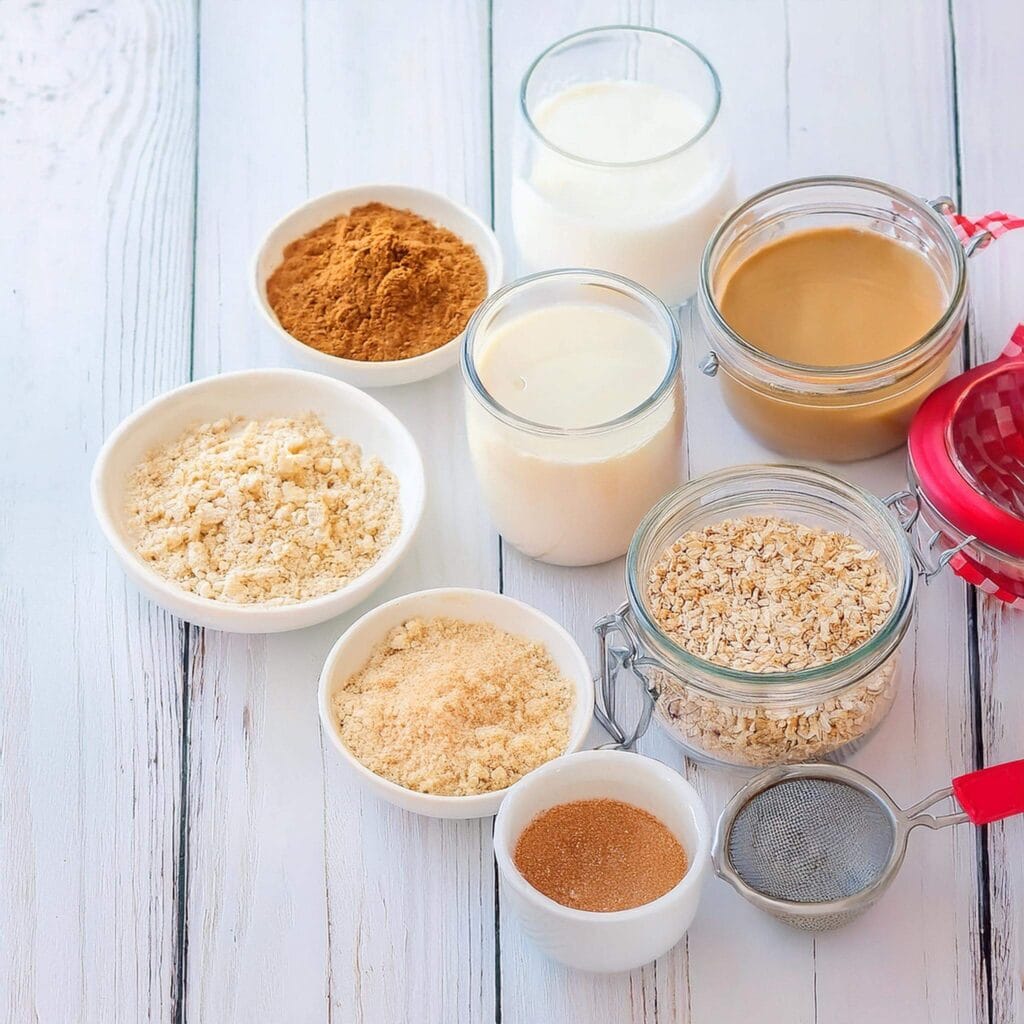
How to Prepare Peanut Butter Pancakes
Prepping for peanut butter pancakes is as easy as gathering a few kitchen staples. Warm up your peanut butter if it’s been in the fridge—trust me, this makes it so much easier to mix. Measure out your ingredients, get your griddle ready, and you’re set for pancake perfection.
Want to try something fruity? Pair these pancakes with this simple blueberry syrup for a breakfast that’s out of this world.
- Measure Your Ingredients – Having everything ready means no last-minute panic.
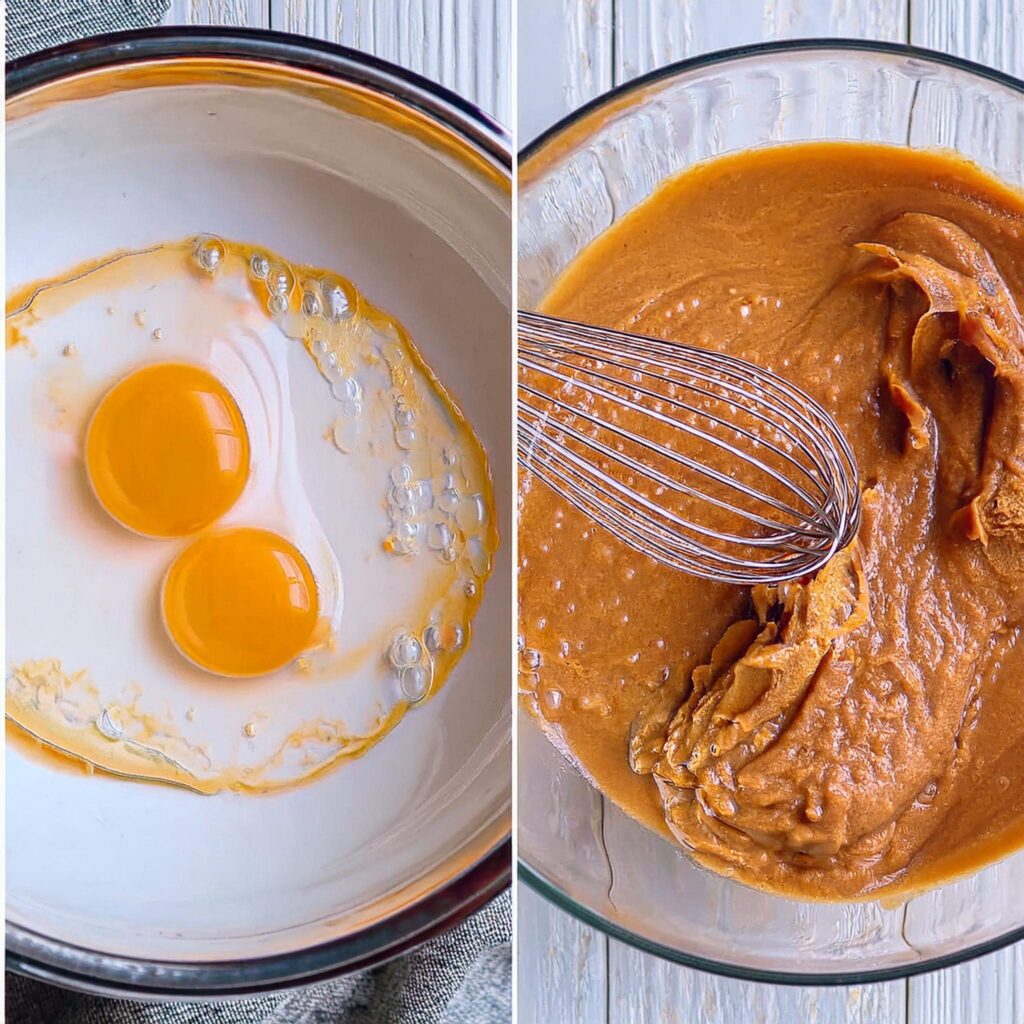
- Preheat the Griddle – Medium heat (about 350°F) is perfect. A hot griddle gives better pancakes.
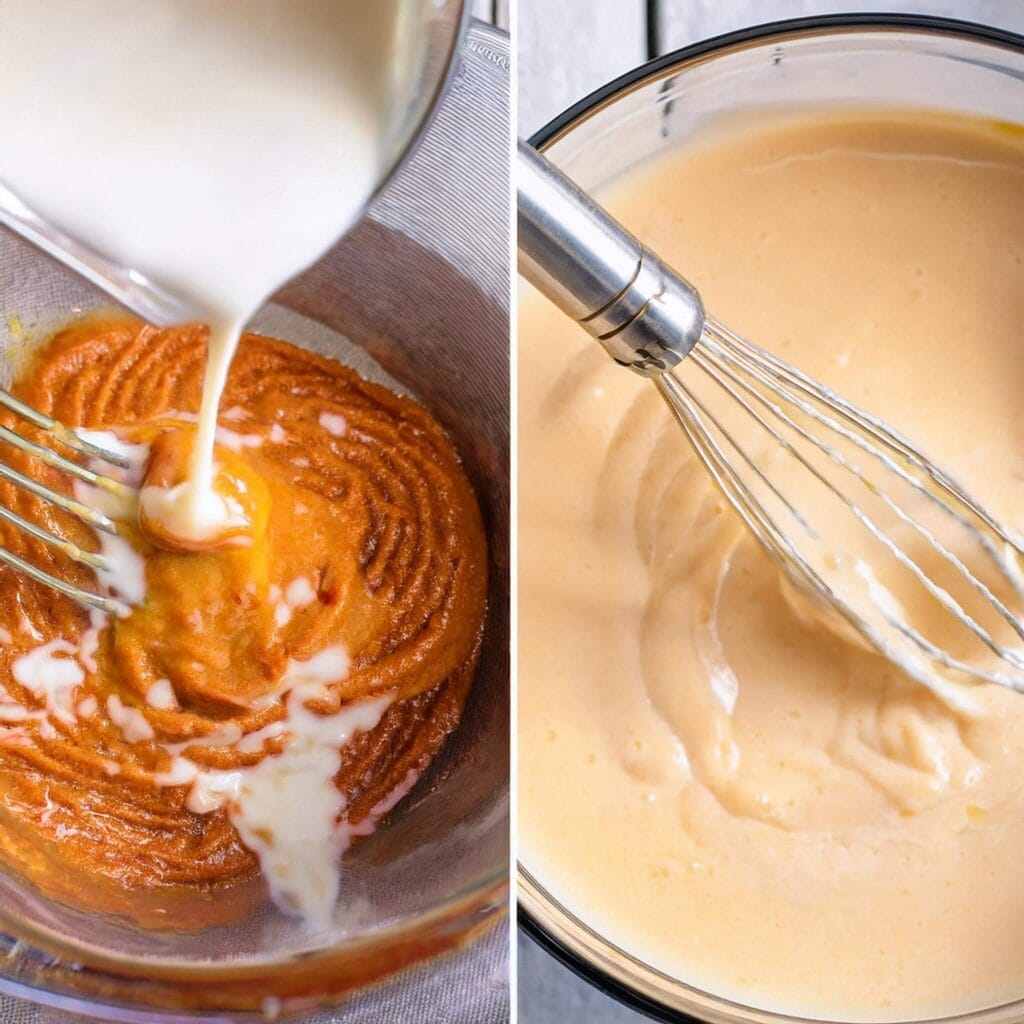
- Warm the Peanut Butter – If it’s too thick, microwave it for 20 seconds. Easier to mix, and better pancakes.
- Prep Your Toppings – Slice bananas, pour syrup, or grab your favorite add-ons.
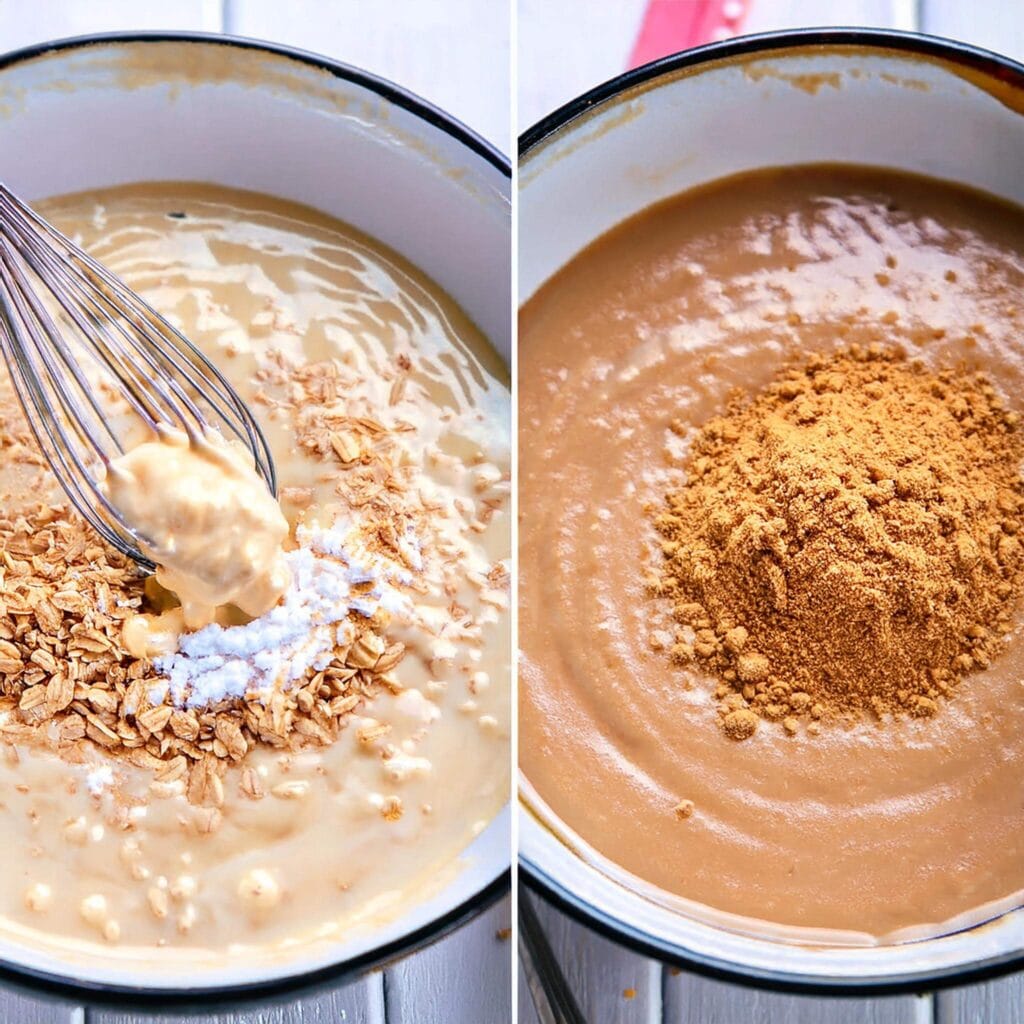
Now, let’s get cooking!
Pro Tips for the Best Pancakes
Want to make your peanut butter pancakes truly unforgettable? These pro tips will help you achieve pancake perfection every time:
- Don’t Overmix the Batter – Stir the wet and dry ingredients just until combined. Overmixing can make the pancakes dense and tough. A few lumps are fine!
- Use Warm Peanut Butter – If your peanut butter is stiff, microwave it for 20-30 seconds. Warm peanut butter mixes more smoothly into the batter.
- Perfect Griddle Temperature – Aim for a medium heat of about 350°F. Too hot, and the pancakes will burn on the outside before they cook inside. Too cool, and they’ll end up pale and dense.
- Grease the Griddle Lightly – A thin coat of oil or butter keeps the pancakes from sticking and gives them a nice golden-brown crust.
- Flip Only Once – Wait until you see bubbles on the surface and the edges look set before flipping. One flip is all you need for fluffy pancakes.
- Keep Pancakes Warm – Place cooked pancakes in a 200°F oven on a baking sheet lined with parchment paper. This keeps them warm while you finish the batch.
- Add Toppings After Flipping – If you want chocolate chips or banana slices inside, sprinkle them on after you pour the batter onto the griddle. Then flip and cook the other side.
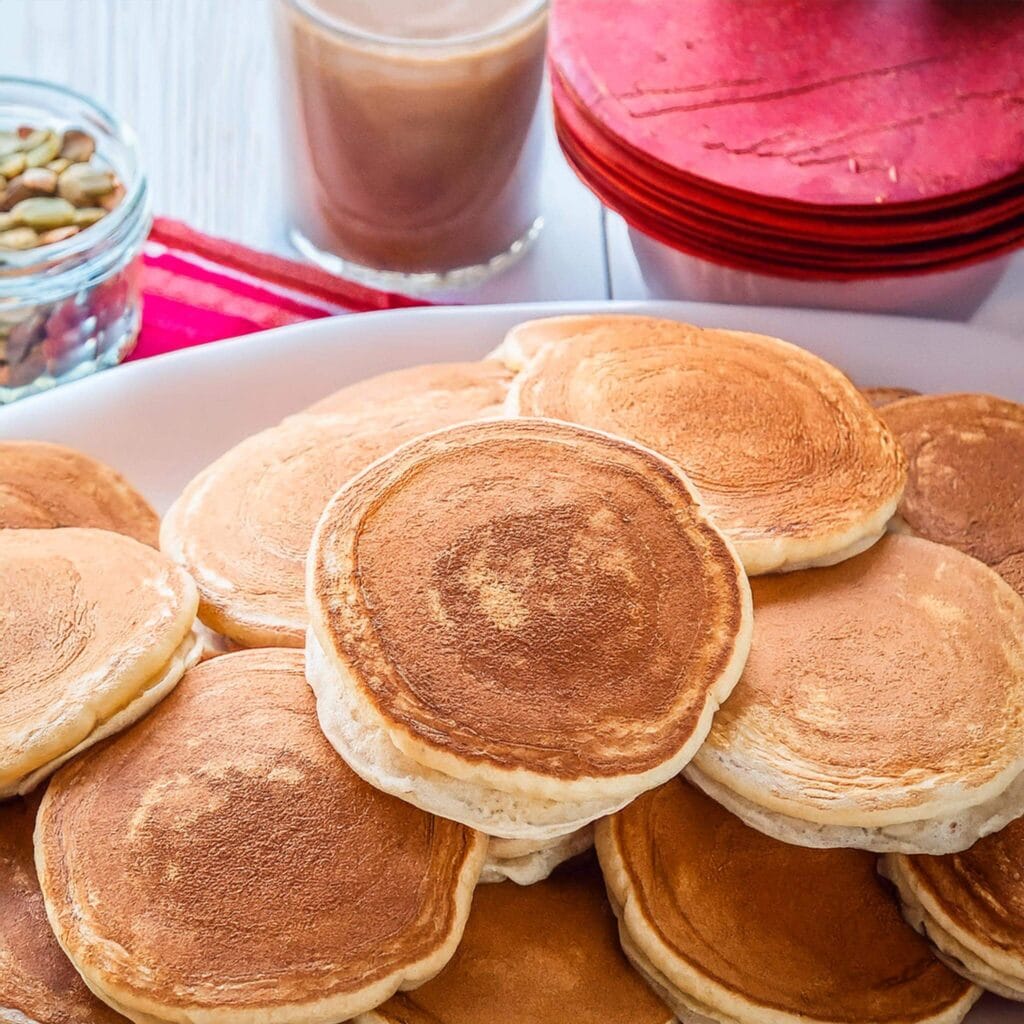
Nutrition Facts
Here’s a quick look at the nutritional breakdown for a serving of peanut butter pancakes (about 2 pancakes):
| Nutrient | Amount per Serving |
|---|---|
| Calories | 350 |
| Protein | 10g |
| Fat | 18g |
| Saturated Fat | 4g |
| Carbohydrates | 35g |
| Fiber | 2g |
| Sugars | 10g |
| Sodium | 350mg |
Note: Values may vary based on toppings and specific ingredients used.
Serving Suggestions
Peanut butter pancakes are delicious on their own, but let’s be real—they’re even better with the right toppings and sides. Here are some ideas to take your pancakes to the next level:
- Classic Combo – Drizzle with warm maple syrup and top with a pat of butter. Simple, but always satisfying.
- Banana and Honey – Add sliced bananas and a generous drizzle of honey for a naturally sweet twist.
- Chocolate Lovers – Sprinkle chocolate chips into the batter and serve with a dollop of whipped cream and a dusting of cocoa powder.
- Nutty Delight – Add chopped peanuts or almonds on top for extra crunch.
- Berry Bliss – Fresh strawberries, blueberries, or raspberries add a burst of color and tangy flavor.
- Savory Twist – Serve alongside crispy bacon or sausage for a sweet-and-salty breakfast combo.
- Peanut Butter Drizzle – Warm some extra peanut butter and drizzle it over the pancakes for double the peanut goodness.
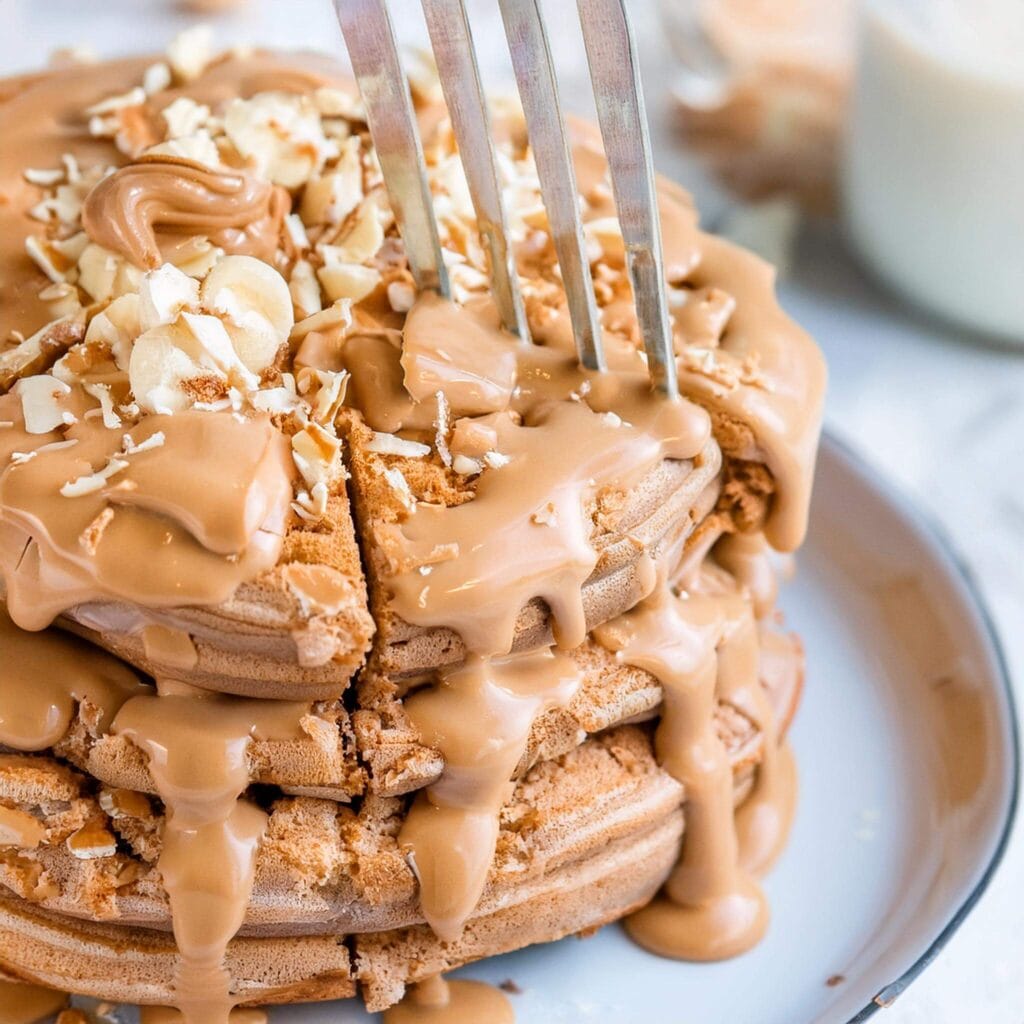
Nutritional Benefits of Peanut Butter Pancakes
- Protein boost: Peanut butter adds a hearty dose of protein, making these pancakes more satisfying.
- Energy-rich: A balanced mix of carbs, fats, and protein fuels your morning.
- Vitamin-packed: Contains Vitamin E, magnesium, and potassium for overall wellness.
Recipe Variations
- Banana Peanut Butter Pancakes: Add mashed bananas to the batter.
- Chocolate Chip Pancakes: Toss in a handful of chocolate chips.
- Gluten-Free Option: Use a 1:1 gluten-free flour substitute.
- Vegan Pancakes: Replace the egg with a flaxseed egg and use plant-based milk.
Common Mistakes to Avoid
- Overmixing the batter: Stir until just combined to avoid tough pancakes.
- Skipping the grease: Even non-stick pans need a light coat of butter or spray.
- Cooking too hot: Low and steady heat ensures evenly cooked pancakes.
Serving Suggestions
Pair your peanut butter pancakes with:
- A drizzle of honey or maple syrup
- Sliced fresh fruits like bananas or strawberries
- A side of crispy bacon for that sweet-and-savory combo
- Your favorite morning coffee or a tall glass of milk
Healthier Alternatives for Peanut Butter Pancakes
Looking for a healthier twist? Try these substitutions:
- Swap refined flour for whole wheat or oat flour.
- Use unsweetened peanut butter to cut down on added sugar.
- Try almond or cashew butter for a different flavor profile.
- Use a sugar substitute like stevia or monk fruit sweetener.
- Bake instead of frying for a lower-fat version.
Other Yummy Recipes You’ll Love
If you’re into breakfast bliss, don’t miss these recipes:
- Blueberry Maple Pancakes for a fruity twist.
- The Perfect Chocolate Chip Cookie to satisfy your sweet tooth.
- Buttercream Macarons for a sophisticated dessert.
- Easy Blueberry Muffins for grab-and-go mornings.
FAQs
1. Can I Use Crunchy Peanut Butter?
Absolutely! Crunchy peanut butter adds a nice texture to the pancakes. Just make sure to stir the batter well so the peanuts are evenly distributed.
2. How Do I Make These Pancakes Gluten-Free?
Use a gluten-free flour blend in place of all-purpose flour. Make sure your baking powder is also gluten-free, and you’re good to go!
3. Can I Freeze Peanut Butter Pancakes?
Yes! Let the pancakes cool completely, then place them in a single layer on a baking sheet. Once frozen, transfer them to a zip-top bag. Reheat in the toaster or microwave.
4. How Do I Store Leftovers?
Store leftover pancakes in an airtight container in the refrigerator for up to 3 days. Reheat in a skillet, microwave, or toaster.
5. Can I Make the Batter Ahead of Time?
It’s best to make the batter fresh, but you can mix the dry and wet ingredients separately and combine them right before cooking.
6. What’s the Best Way to Reheat Pancakes?
For crispy edges, reheat in a skillet over medium heat. For a quick option, use the toaster or microwave.
Conclusion
There you have it—the ultimate guide to making peanut butter pancakes that are fluffy, nutty, and delicious. Whether you’re cooking for a special weekend brunch or just treating yourself on a Tuesday morning, these pancakes are sure to bring a smile to your face. So grab that jar of peanut butter, heat the griddle, and get ready to flip some of the best pancakes you’ve ever tasted. Happy cooking, and even happier eating!

